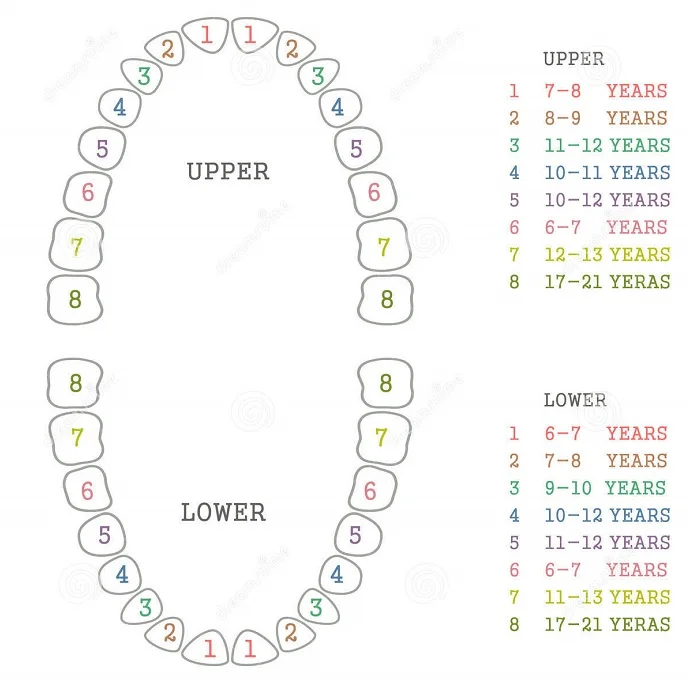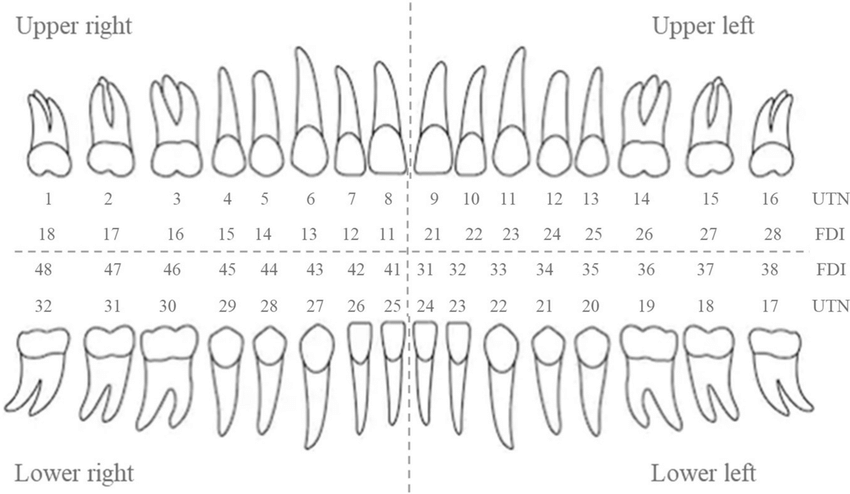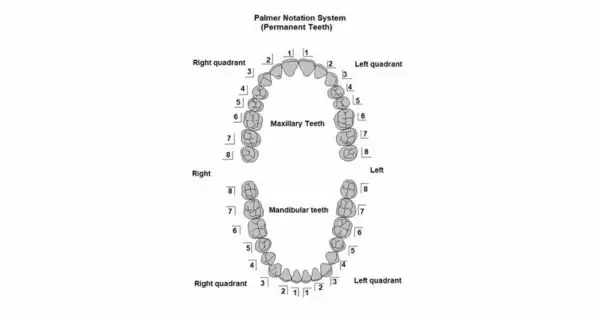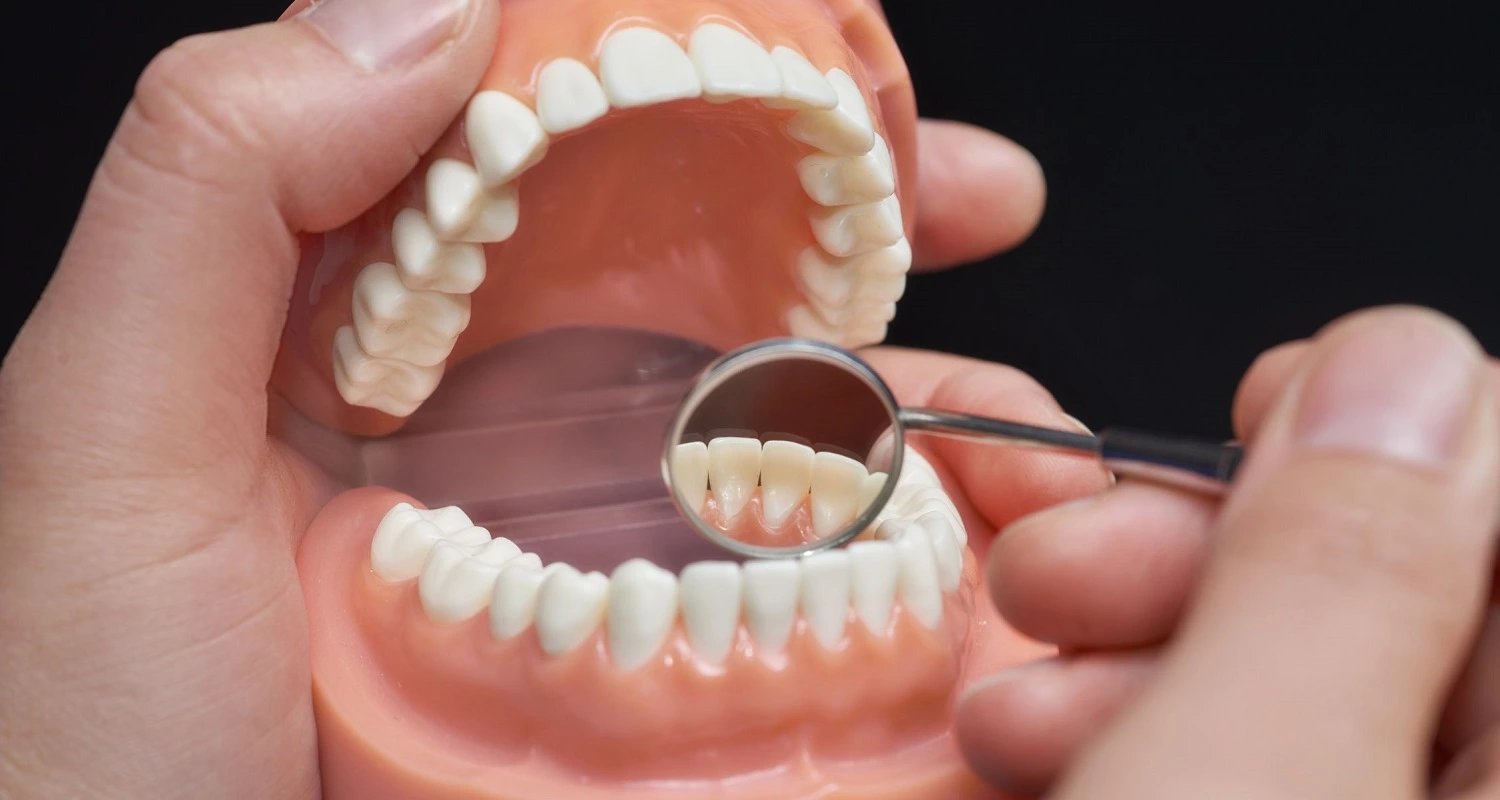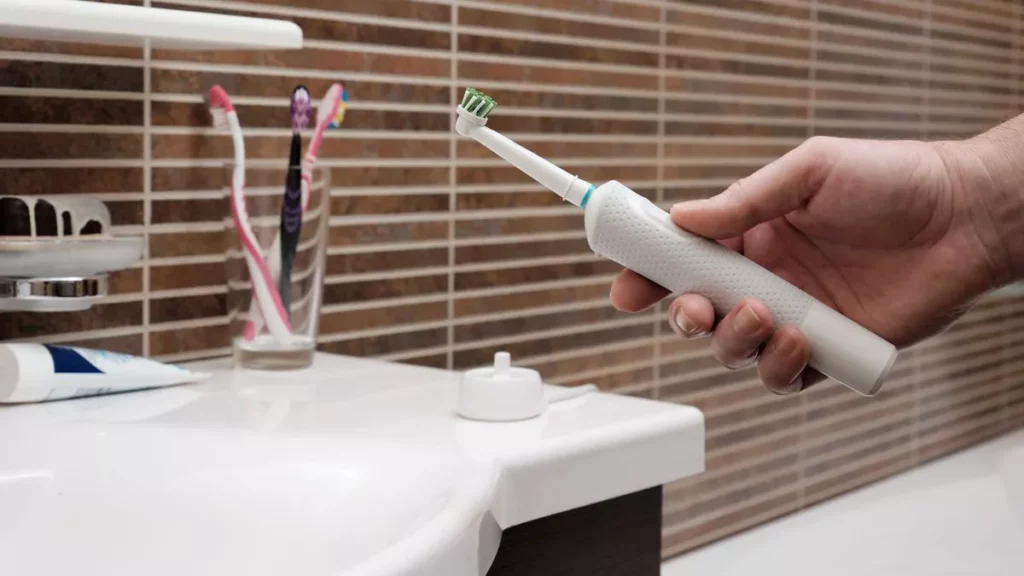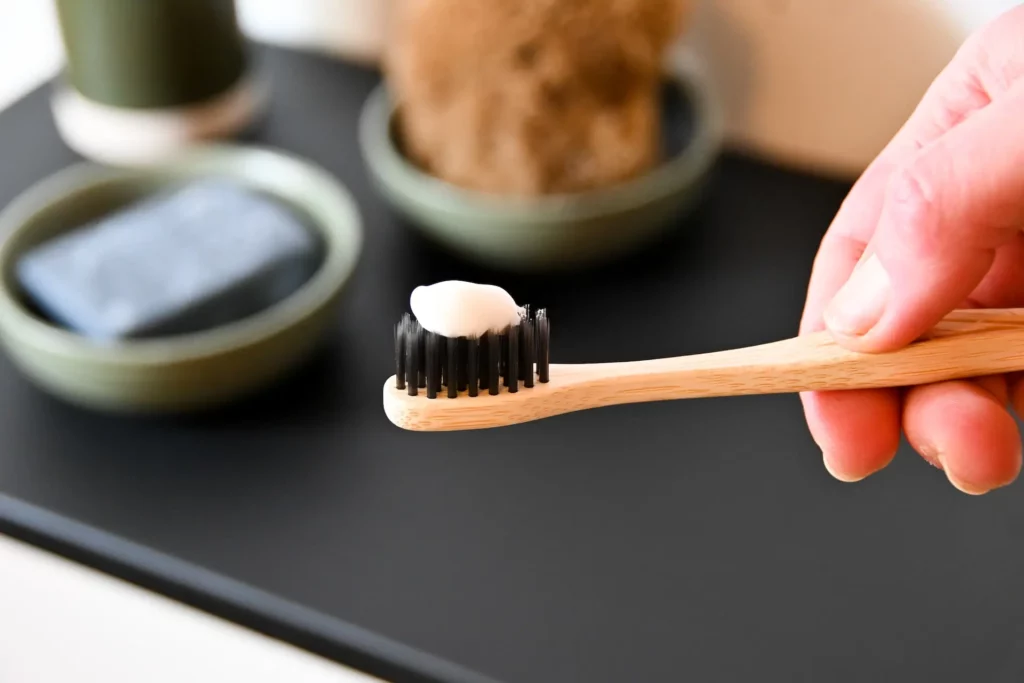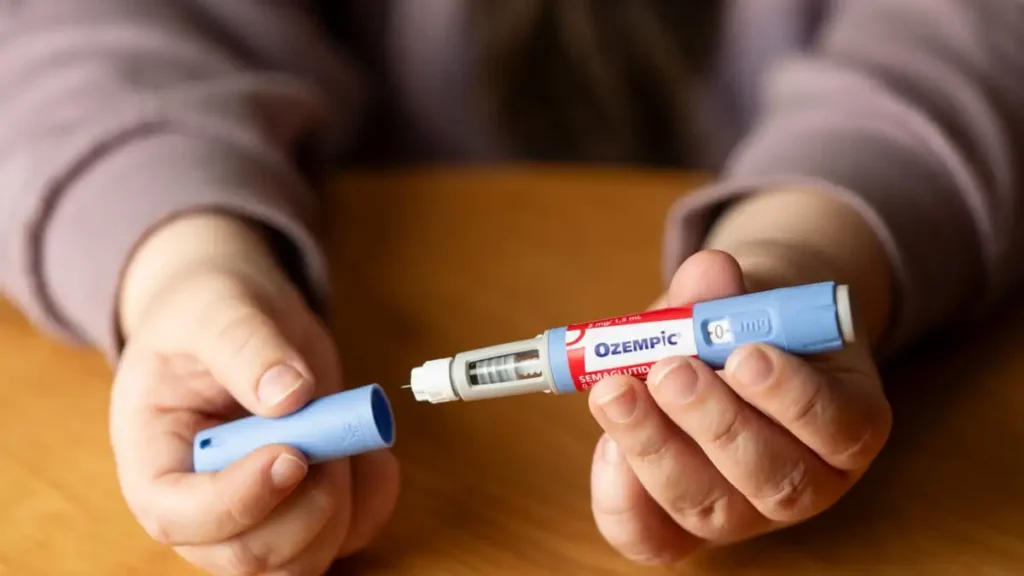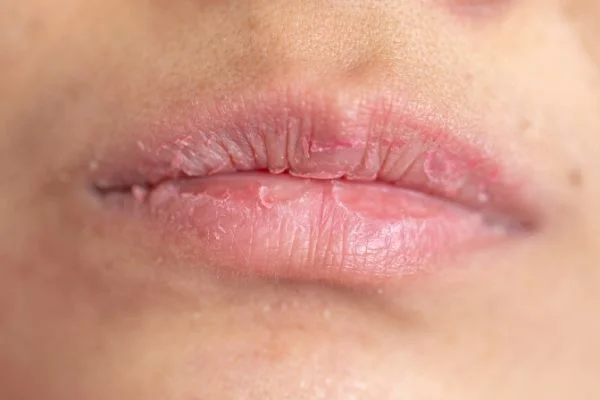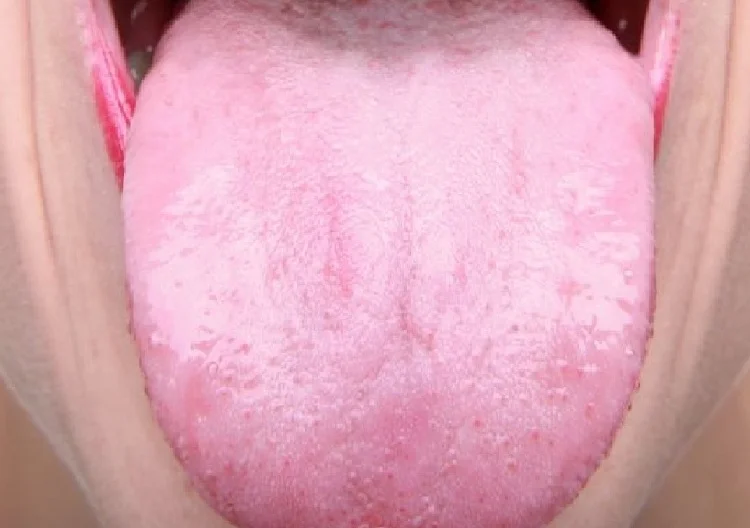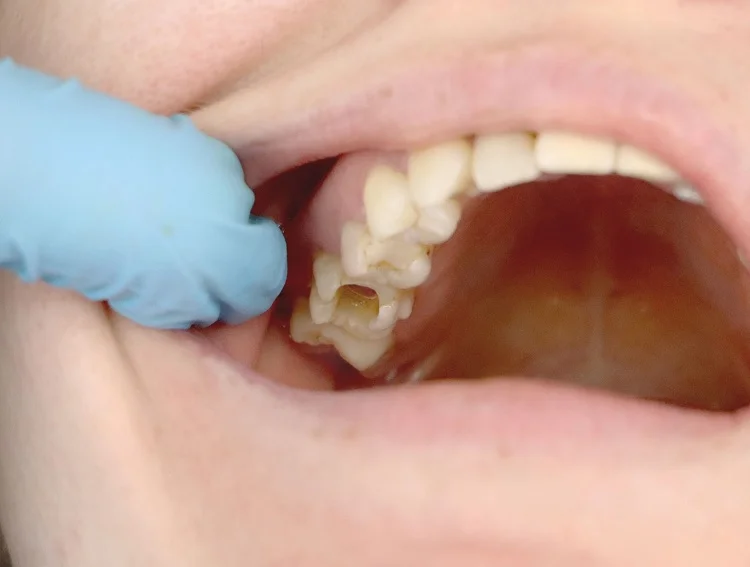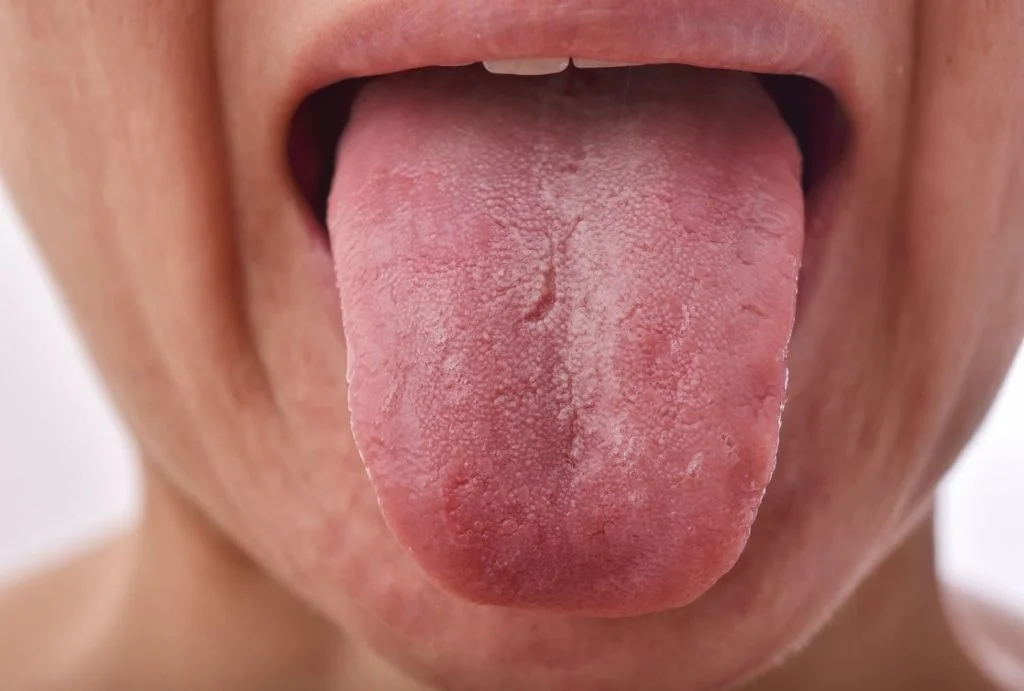Last Updated on: 19th September 2025, 12:51 pm
A teeth numbering chart shows the position of each tooth in your mouth based on quadrants and tooth type. Systems like the Universal Numbering System (used in the US) and the FDI System (used worldwide) assign numbers to each tooth to help dentists identify and treat them accurately.
Have you ever gone to the dentist and heard them say numbers while checking your teeth, but you had no idea what they meant? It seems like everyone else understands, except you.
Don’t worry, that confusion ends today. In this article, we’ll explain what a teeth numbering chart is, why dentists use it, and why it’s so important for your oral health.
What is a teeth numbering chart?
A teeth numbering chart is a table that dentists use to record and identify each tooth’s condition and location. This system ensures clear communication among dental professionals and guides treatment planning effectively.
Why do dentists number teeth?
Each tooth indeed has a name: incisors, canines, premolars, and molars. But it’s not that simple. For example, we have 8 incisors, 4 canines, 8 premolars, and 12 molars. So, how can you tell exactly which tooth is which?
That’s why dentists use numbers. The teeth numbering chart helps them identify and classify each specific tooth clearly during examination, diagnosis, and treatment, avoiding confusion and ensuring precise care.
Different numbering systems exist, each with its own rules and sequence for permanent and primary teeth.
What are the main teeth numbering systems?
Globally, dentists use several teeth numbering systems. The main ones are:
- Universal numbering system (US): used especially in the United States
- FDI system (World Health Organization): most commonly used in Canada, Saudi Arabia, Latin America, and most European countries, except the UK.
- Palmer tooth numbering system: is primarily used in the UK.
There are other systems, such as Victor Haderup, Woelfel, and MICAP, that are used less commonly.
Let’s take a closer look at the most widely used systems for permanent teeth (32 in adults) and primary teeth (20 in children).
How does the universal numbering system work?
This system has been accepted by the ADA since 1968. This one classifies permanent and primary teeth in the following way:
Permanent teeth (Adults)
Uses numbers from 1 to 32 for numbering teeth.
- Upper jaw (maxillary arch):
- Numbered #1 to #16
- Starts at #1: upper right third molar (last back tooth on the top right side)
- Continues along the top teeth towards the left
- Ends at #16: upper left third molar (last back tooth on the top left side)
- Lower jaw (mandibular arch):
- Numbered #17 to #32
- Starts at #17: lower left third molar (last back tooth on the bottom left side)
- Continues along the bottom teeth towards the right
- Ends at #32: lower right third molar (last back tooth on the bottom right side)
Primary teeth (milk teeth / children)
Uses letters from A to T for numbering teeth instead of numbers.
- Upper jaw (maxillary arch): A to J (A starts at the upper right second molar, J ends at the upper left second molar)
- Lower jaw (mandibular arch): K to T (K starts at the lower left second molar, T ends at the lower right second molar)
This sequence makes it easy for dentists to identify and document each tooth quickly.
How does the FDI system number teeth?
The FDI teeth numbering chart uses two digits:
- first digit: indicates the quadrant.
- second digit: indicates the tooth’s position within that quadrant.
Unlike the Universal system (continuous 1–32), in the FDI system:
- tooth #1 in each quadrant is always the central incisor (front middle tooth).
- counting starts from the central incisor (#1) and goes backward towards the molars (up to #8 for permanent teeth).
It divides the mouth into four quadrants and counts teeth in each as if they were mirror images.
Permanent teeth (adults)
- First digit (quadrant):
- 1: upper right
- 2: upper left
- 3: lower left
- 4: lower right
- Second digit (tooth position in the quadrant)
- 1-2: incisors
- 3: canine
- 4-5: premolars
- 6-7-8: molars
Primary teeth (milk teeth / children)
For primary teeth, quadrants are numbered 5 to 8, following the same logic.
- First digit (quadrant):
- 5: upper right
- 6: upper left
- 7: lower left
- 8: lower right
- Second digit (tooth position in the quadrant)
- 1 – 2: incisors
- 3: canine
- 4-5: Molars
What is the Palmer tooth numbering system?
The Palmer Tooth Numbering System is widely used, especially by orthodontists and general dentists, for quick and clear communication.
This system uses symbols or brackets to indicate each quadrant, making it easy to identify the exact location of a tooth at a glance.
Quadrant symbols are:
- ┘upper right
- └ upper left
- ┐ lower right
- ┌ lower left
Permanent teeth (adults)
- Each tooth is assigned a number from 1 to 8 in each quadrant.
- Counting starts from the central incisor (#1) and goes backwards towards the third molar (#8).
Primary teeth (milk teeth / children)
- Uses letters A to E instead of numbers.
- Counting starts from the central incisor (A) and goes backwards to the second molar (E) in each quadrant.
Dentists use this system because it’s a quick visual representation, and the quadrant brackets make it easy to write and read tooth positions.
What is a dental chart (odontogram)?
A dental chart, also known as an odontogram, is a diagram that represents the patient’s mouth. Dentists use it to record the condition of each tooth, track completed or pending treatments, and maintain a clear and organized dental history.
What is the importance of teeth numbering charts?
Teeth numbering charts are essential in dental practice because they help:
- accurately record the condition of each tooth
- plan treatments effectively and systematically
- avoid confusion when referring to specific teeth
- ensure clear communication between dental professionals
These systems improve accuracy and coordination in both diagnosis and treatment planning.
Conclusion
Understanding teeth numbering charts empowers you to follow your dental diagnosis and treatment with confidence. Knowing how your teeth are numbered helps you better understand your dentist’s explanations and treatment plans.
Whether your dentist uses the Universal, FDI, or Palmer system, these charts ensure precision in your care. At your next visit, you’ll know exactly what piece 23 or 48 means.
Remember, taking control of your oral health starts with knowledge.
Frequently Asked Questions
Do all countries use the same tooth numbering system?
What are the teeth numbers for wisdom teeth?
Wisdom teeth are numbered:
- Universal: 1, 16, 17, 32
- FDI: 18, 28, 38, 48
What is tooth number 23?
In the Universal system, tooth 23 is the lower left canine. In the FDI system, tooth 23 is the upper left canine. This is why knowing which system your dentist uses is important for understanding.
What is a tooth numbering chart?
What happens if a tooth is missing in the numbering system?
If a tooth is congenitally missing or extracted, dentists still use its number or code in charts, marking it as “missing” to keep a complete record for treatment planning.
Voice and Search (Q&A)
How many teeth are in each quadrant?
Adults have 8 teeth in each quadrant, and children have 5 teeth in each quadrant.
How many teeth do kids lose?
Children lose 20 primary teeth, which are gradually replaced by their 32 permanent teeth.
What does quadrant mean in dentistry?
In dentistry, a quadrant is one-fourth of your mouth, divided into upper right, upper left, lower left, and lower right sections to organize and identify your teeth.
Share:
References
1. Cleveland Clinic. (2023, January 26). Teeth. Cleveland Clinic. https://my.clevelandclinic.org/health/body/24655-teeth
2. Mulla, S. A. (2024). Current concepts regarding tooth numbering systems in dentistry: Challenges faced and future prospects. Journal of Oral and Maxillofacial Pathology, 28(1), 21–22. https://journals.lww.com/jpat/fulltext/2024/28010/current_concepts_regarding_tooth_numbering_systems.7.aspx
3. Sahi, A. (2019, April 23). Universal Numbering System for teeth. News Medical. https://www.news-medical.net/health/Universal-Numbering-System-for-Teeth.aspx
4. Shehabeldin, R. R., & Hamama, H. H. (2024). Introduction of “qpdb” teeth numbering system. Heliyon, 10(2), e24367. https://doi.org/10.1016/j.heliyon.2024.e24367
5. SPS Dental Academy. (2024, January 2). Demystifying Dental Anatomy: A guide to how dentists number teeth. SPS Dental Academy. https://spsdentalacademy.com/demystifying-dental-anatomy-a-guide-to-how-dentists-number-teeth/



